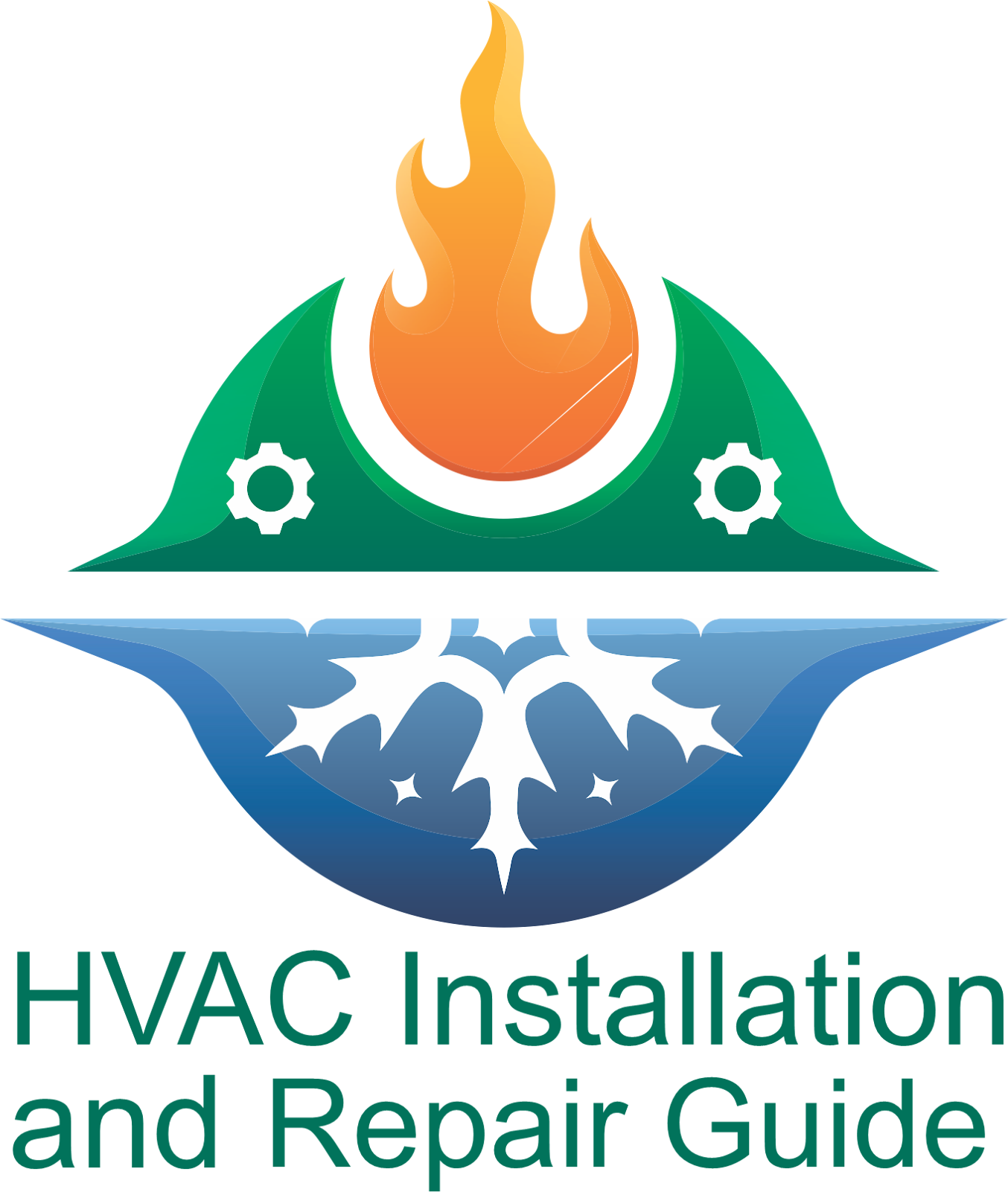In an HVAC System, What is Air Balancing?
This is an explanation of what air balancing comprises:
1. Measurement:
The airflow in various building parts is measured and evaluated to start the process. Determining the airflow rates from the supply and return air vents is part of this.
2. Analysis:
Once the measurements are made, the data is examined to find any anomalies or inefficiencies in airflow distribution. This could entail contrasting the real airflow with the design parameters or industry norms.
3. Modification:
The HVAC system is modified to balance the airflow in light of the analysis. This could entail changing the arrangement of diffusers and registers, regulating fan speeds, or opening or closing dampers.
4. Testing:
The system is retested after modifications are made to make sure the intended parameters again balance the airflow. This could entail measuring the pressure and velocity of the airflow using specialist tools like manometers and airflow hoods.
5. Fine-tuning:
More changes could occasionally be required to attain the ideal balance throughout the building and fine-tune the airflow. This iterative process may be repeated until the required degree of comfort and efficiency is achieved.
The Advantages of Air Balancing
1. Better Comfort:
Consistent temperatures and increased occupant comfort result from proper air balancing, which ensures that every part of the building gets the appropriate amount of conditioned air.
2. Energy Efficiency:
Air balancing ensures that the HVAC system runs more efficiently, which helps cut down on energy usage by optimizing airflow.
3. Increased Equipment Life:
By preventing certain HVAC system components from being overworked, balanced airflow helps prolong equipment life and lower the need for maintenance or replacements.
4. Improved Indoor Air Quality:
Appropriate airflow distribution ensures that indoor air is adequately filtered and circulated and helps avoid stagnant air, contributing to better indoor air quality.
To design, install, and maintain HVAC systems in a way that is comfortable, energy-efficient, and supportive of occupant well-being, air balancing is a crucial step.

